7 Tips to Know Before Buying Green Indoor Plants: A Guide for Eco-Conscious Plant Parents
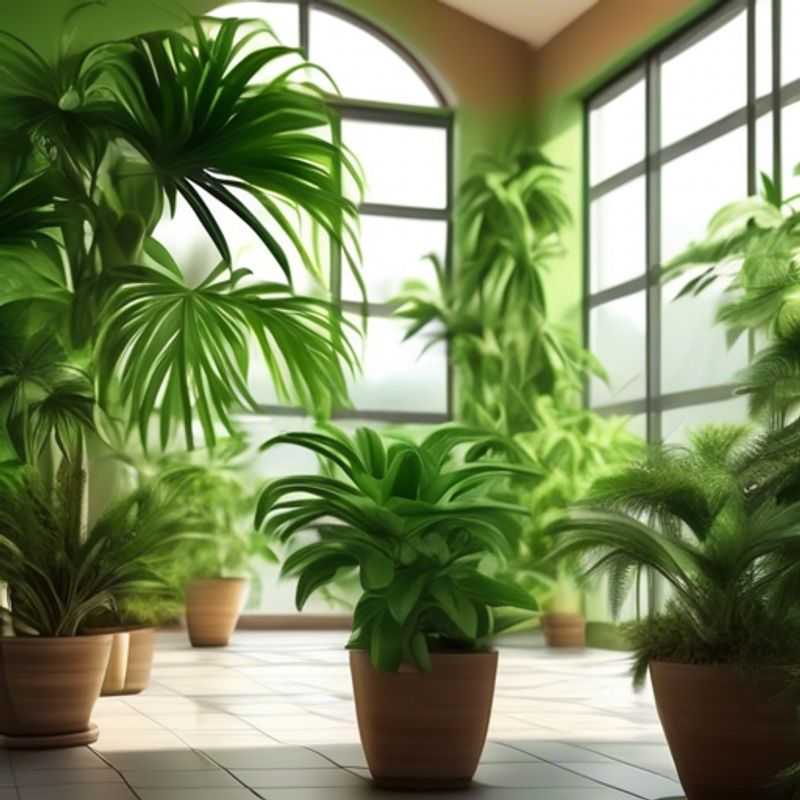
7 Tips to Know Before Buying Green Indoor Plants: Light, Soil, Size, Air Purification, Pests & Diseases, Maintenance, Pet-Friendly Options
Bringing the outdoors in with green indoor plants is a wonderful way to enhance your home's atmosphere, but a little preparation goes a long way.
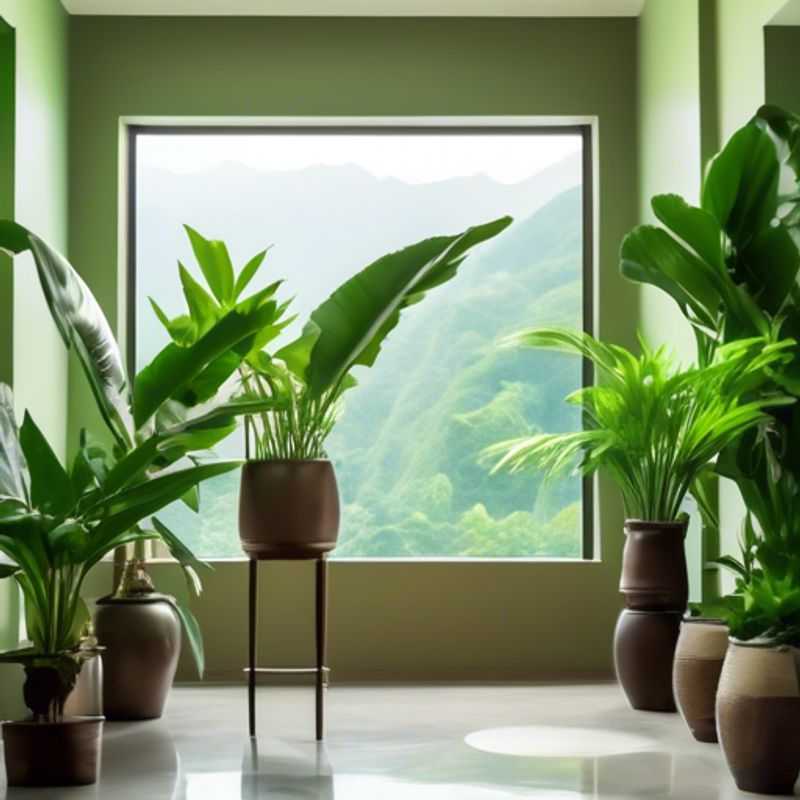
Unlocking Plant Growth: Lighting Requirements for Specific Species
Understanding the lighting requirements for specific plant species is crucial for their growth and well-being. Different plants have evolved to thrive in various light conditions, ranging from intense sunlight to deep shade. To ensure your plants flourish, it's essential to provide them with the right amount of light.
Sunlight is the most natural and preferred light source for many plants. However, the intensity and duration of sunlight can vary depending on your location, season, and time of day. Some plants, known as sun-loving plants, require full sun exposure of at least 6 hours daily, while others, like shade-tolerant plants, prefer dappled light or partial shade.
Artificial light sources, such as fluorescent lights, LED lights, and grow lights, can be used to supplement or replace natural sunlight, especially during winter or for plants growing indoors. When selecting artificial light, consider factors like spectrum, intensity, and distance from the plant. Grow lights, specifically designed for plant growth, often emit a combination of red and blue wavelengths, mimicking the sun's spectrum.
To determine the specific lighting requirements for your plants, consult gardening resources, plant labels, or seek guidance from a horticultural expert. Pay attention to factors like the plant's origin, leaf color, and growth habits. Some plants with variegated leaves, for instance, may require more light compared to their solid-green counterparts.
Providing the right amount of light is key to the success of your plant care. Remember that light requirements can also change throughout the plant's life cycle. With proper lighting, your plants will thrive and reward you with vibrant growth and beautiful blooms.
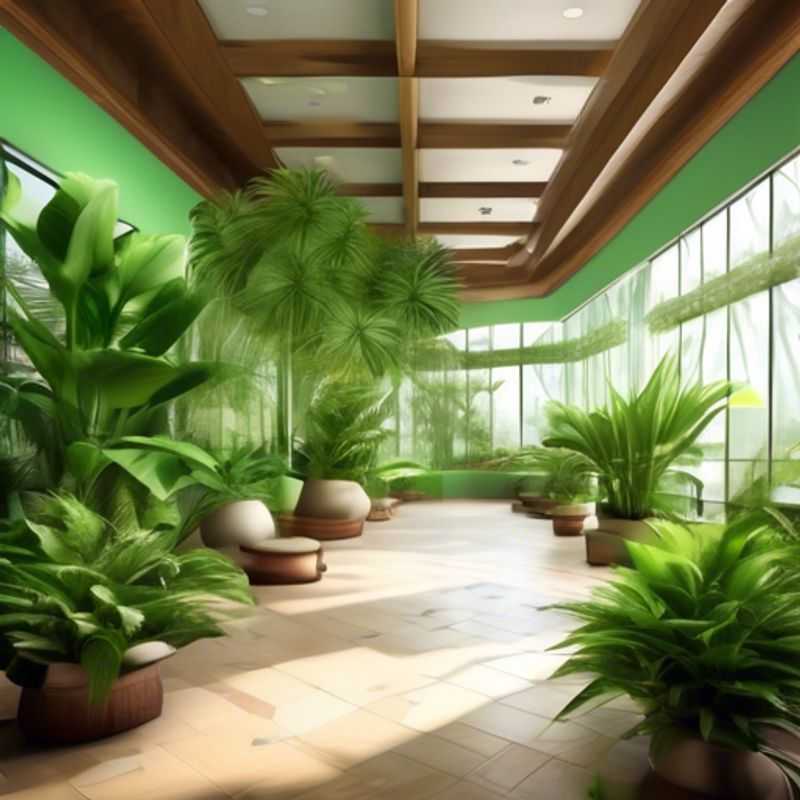
Unlocking Plant Happiness: Finding the Perfect Soil and Watering Routine
Knowing the ideal soil type and watering needs for your plant is crucial for its health and growth. The first step is to identify the specific plant species you're dealing with. Different plants have unique requirements.
Next, research the soil preferences of your plant. Some thrive in well-draining soil, while others prefer rich, loamy soil. Factors like pH level and nutrient content also play a significant role. Online resources and gardening guides can offer valuable information about specific plants and their ideal soil conditions.
Understanding watering needs is equally important. Consider factors like climate, pot size, and the plant's growth stage. Overwatering can lead to root rot, while underwatering can cause wilting and stress. You can test soil moisture using your finger or a moisture meter to determine when your plant needs watering.
Remember, consistent observation is key. Pay attention to your plant's growth patterns and leaf condition. These signs can provide valuable clues about its overall health and whether adjustments are needed in terms of soil or watering.
Remember, this is a simplified guide. For more detailed information, consult specialized resources or seek advice from experienced gardeners.
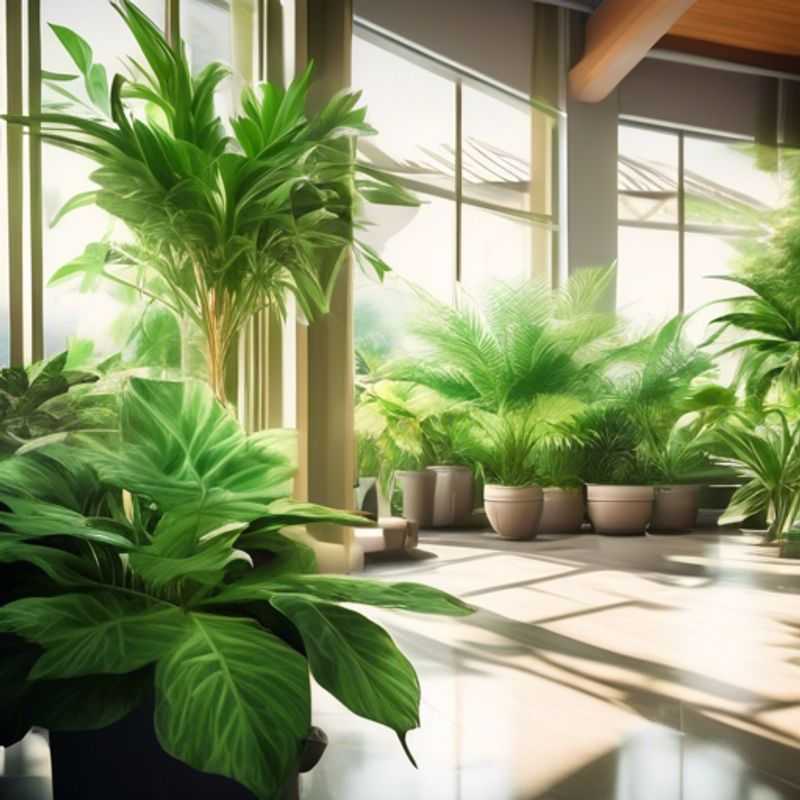
Choosing the Right Plant Size for Your Home: A Practical Guide
Choosing the right plant for your home involves careful consideration of the available space. Space limitations directly impact the plant's growth and well-being. Measure the area where you intend to place the plant, ensuring it's suitable for its mature size.
You should also consider the plant's growth habit, whether it will spread horizontally or vertically. For example, a vine plant might need a trellis or a wall to grow upwards, while a spreading plant might require a larger pot or a table to accommodate its eventual size.
Remember to factor in the pot's size. A small plant may fit in a small pot, but as it grows, you may need to repot it into a larger one.
When selecting a plant, consider its mature size and ensure you have adequate space to accommodate its full growth potential. This helps prevent overcrowding and ensures your plant thrives in its environment.
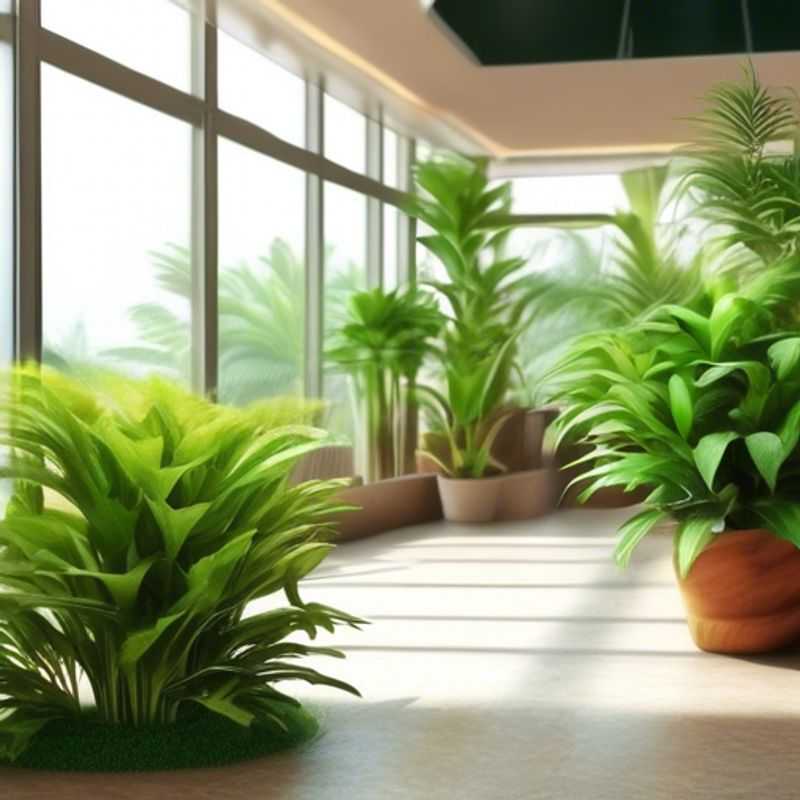
Breathe Easy: Discover the Air-Purifying Power of Indoor Plants
Looking to improve the air quality in your home? Bringing in some greenery is a fantastic way to do so. Certain indoor plants are natural air purifiers, effectively removing harmful pollutants from the air. While plants can't completely replace a ventilation system, they can significantly contribute to a healthier indoor environment.
One of the most popular and effective air-purifying plants is the Snake Plant (Sansevieria trifasciata). It's a low-maintenance plant known for its ability to remove formaldehyde, benzene, and xylene from the air. Other notable air purifiers include the Peace Lily (Spathiphyllum wallisii), which excels at eliminating ammonia and formaldehyde, and the Spider Plant (Chlorophytum comosum), a great choice for removing carbon monoxide and formaldehyde.
To maximize the air-purifying effects of your plants, ensure they receive adequate sunlight and water. You can also consider the size of the room and the number of plants you need based on the square footage. Remember, the more plants you have, the greater the air-purifying impact. It's always a good idea to research specific plant varieties to determine their individual air purification capabilities.
While air purification is a significant benefit, indoor plants also provide other advantages like reducing stress, increasing focus, and adding visual appeal to your living space. So, why not bring some natural beauty and clean air into your home with a touch of greenery?

Indoor Plant Patrol: Identifying Common Pests and Diseases
Indoor plants can be susceptible to a variety of pests and diseases that can hinder their growth and vitality. Common pests include aphids, spider mites, and mealybugs, which can cause damage by sucking the sap from the leaves. Look for signs such as yellowing leaves or webbing to identify infestations early. Diseases like powdery mildew and root rot can also pose significant threats, often caused by excessive moisture or poor air circulation.
To mitigate these issues, it’s critical to maintain proper watering practices and ensure good airflow around your plants. Regularly inspecting your plants can help catch problems before they escalate. If you notice pests, consider using insecticidal soap or neem oil, while for diseases, treatments may include adjusting watering schedules or using fungicides. Always read labels carefully to ensure safe and effective application.
Budgeting for pest and disease management may include costs for pesticides, fungicides, and possibly professional pest control services if infestations are severe. By familiarizing yourself with these common threats, you can help safeguard your indoor garden and ensure your plants thrive.
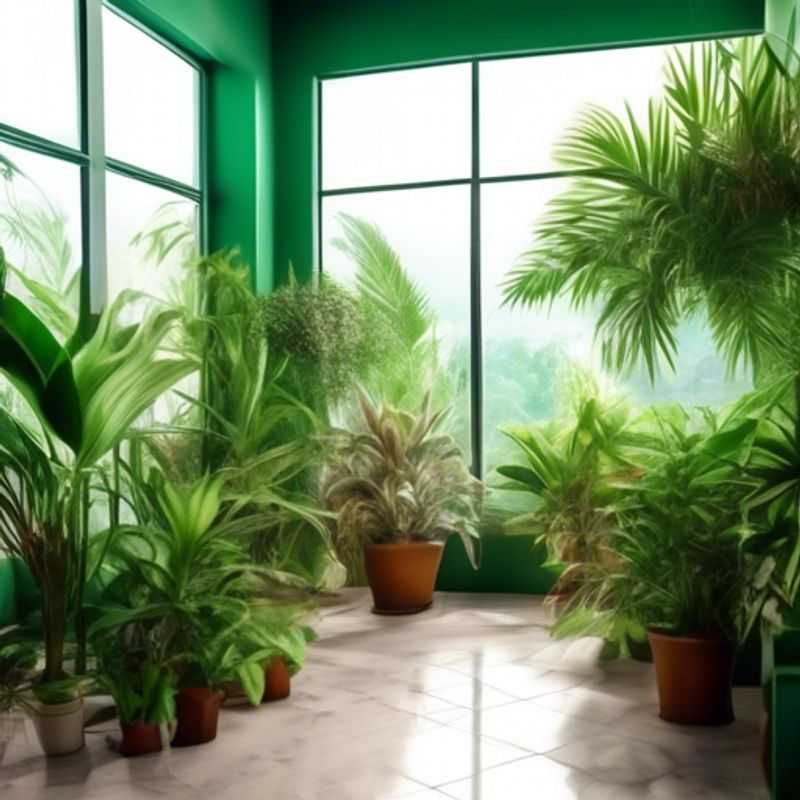
Unlocking Plant Health: Determining Maintenance Needs
Determining the level of maintenance required to keep a plant healthy involves several key factors. First, regular monitoring of the plant’s health is essential, which can include observing its growth, leaf color, and overall vigor. This allows for early detection of any issues that may arise. Next, soil health must be assessed, including its pH, nutrient levels, and moisture content. This assessment helps in deciding whether fertilization or soil amendment is necessary.
Another important aspect is watering practices. Understanding the plant's specific needs regarding water frequency and quantity is crucial to avoid over- or under-watering. Additionally, pruning may be required to remove dead or diseased branches, promoting better air circulation and encouraging healthy growth.
Furthermore, pest and disease management should be part of the maintenance plan. Regular inspections can help identify early signs of infestation or disease, allowing for timely interventions. This could involve using organic or chemical treatments, depending on the severity of the issue.
When estimating a maintenance plan, consider the following paid activities: professional soil testing, fertilization services, pest control treatments, and consultation with horticultural experts. Each of these services can provide valuable insights and support for maintaining plant health effectively.
In conclusion, a proactive approach to plant maintenance includes regular monitoring, soil health assessment, appropriate watering, pruning, and pest management. By incorporating these elements, you can ensure your plant remains healthy and vibrant.
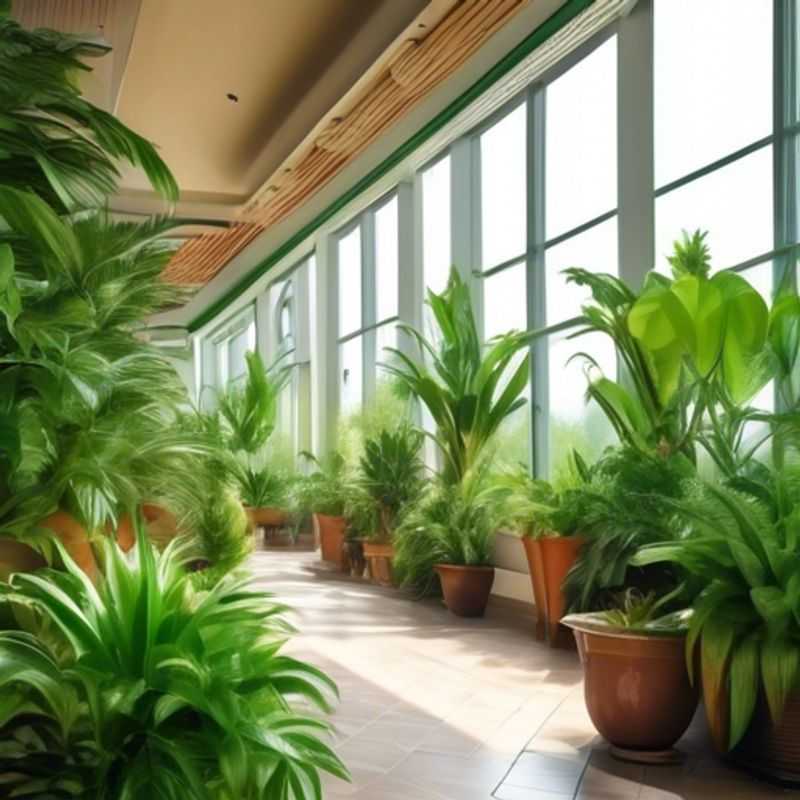
Green Companions: Exploring Pet-Friendly Indoor Plants for Furry Friends
Sharing your home with furry companions adds joy, but choosing the right indoor plants can be a challenge. Some common houseplants can be toxic to pets, causing anything from mild upset to serious health issues. Fortunately, many safe and beautiful options exist!
Non-toxic options include:
Spider plants: These easy-to-care-for plants are known for their air-purifying abilities and are safe for cats and dogs.
Cast iron plants: These tough and resilient plants can tolerate low light and infrequent watering.
Peperomia: These come in a variety of shapes and colors and are relatively low-maintenance.
Air plants: These unique plants require no soil and can be displayed in various creative ways.
Remember: While these plants are generally considered safe, it's always best to consult a veterinarian or a pet-friendly plant specialist if you have any concerns. You can also choose to place plants in areas inaccessible to your pets.
Beyond these options, here are some additional tips for choosing pet-friendly indoor plants:
Research thoroughly: Before bringing any new plant home, ensure it's non-toxic to your specific pet species.
Consider your pet's personality: If your pet is a nibbler, opt for plants with tougher leaves or place them in hard-to-reach spots.
Monitor your pet's behavior: Keep a close eye on your pet's interactions with plants, and consult a veterinarian if you notice any unusual symptoms.
Enjoy the beauty of safe and pet-friendly indoor plants! With a bit of research and careful selection, you can create a happy and healthy home for both you and your furry companions.
